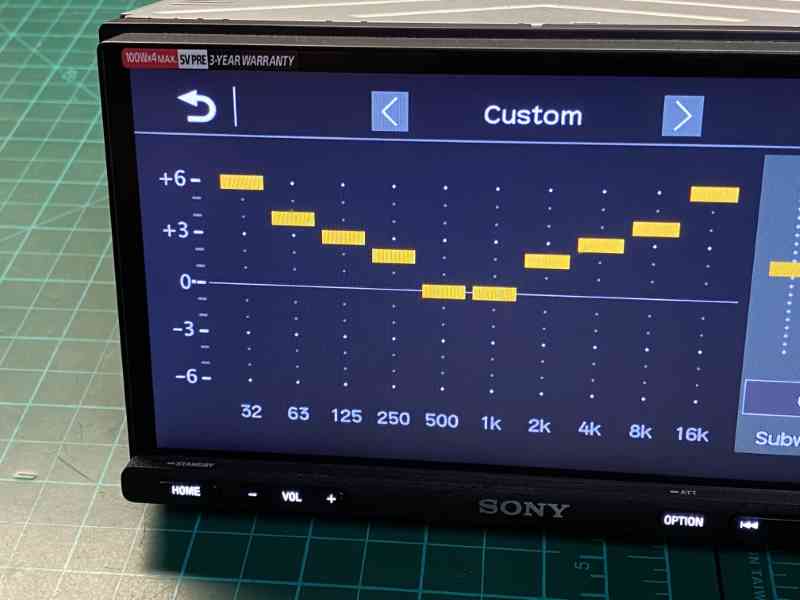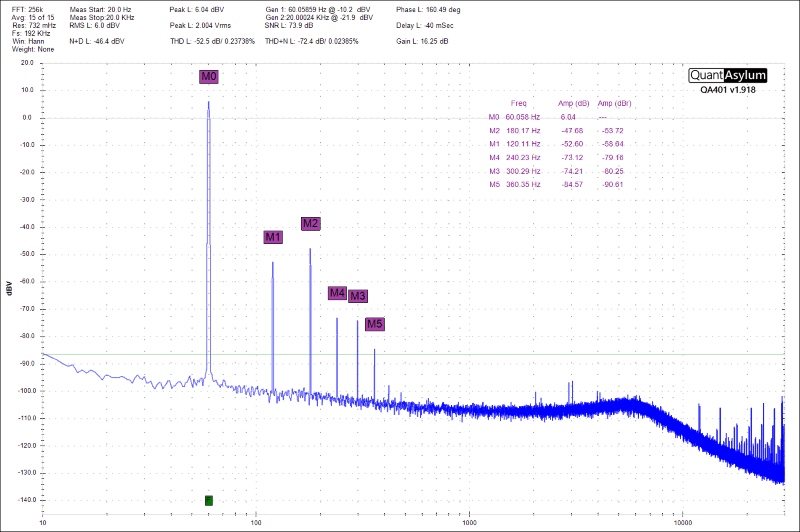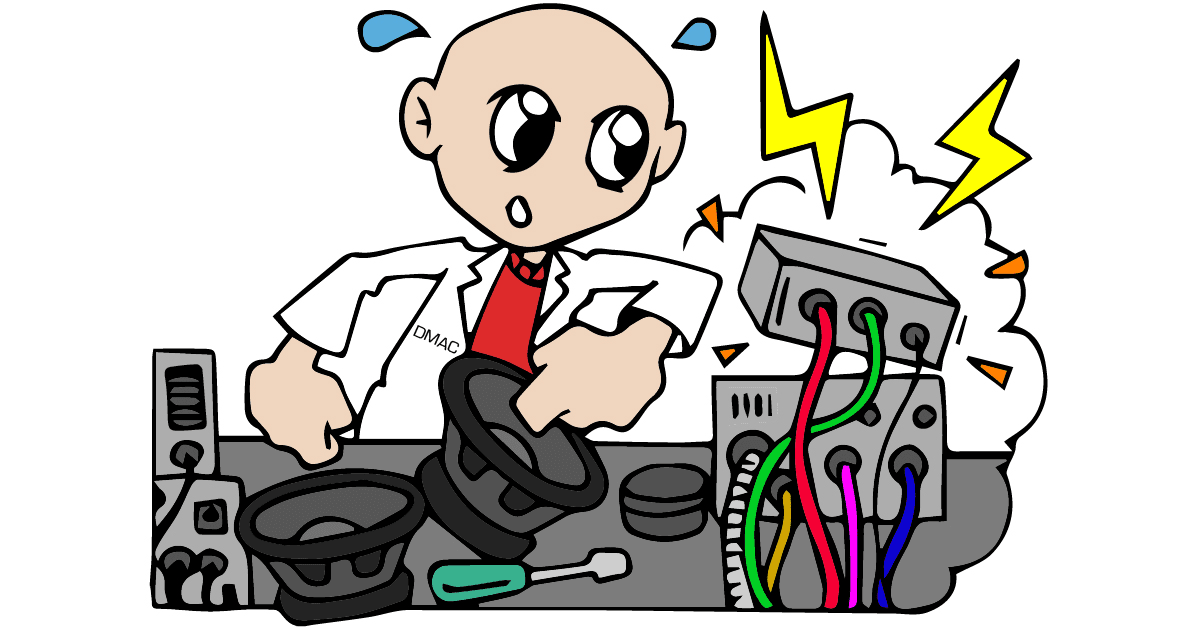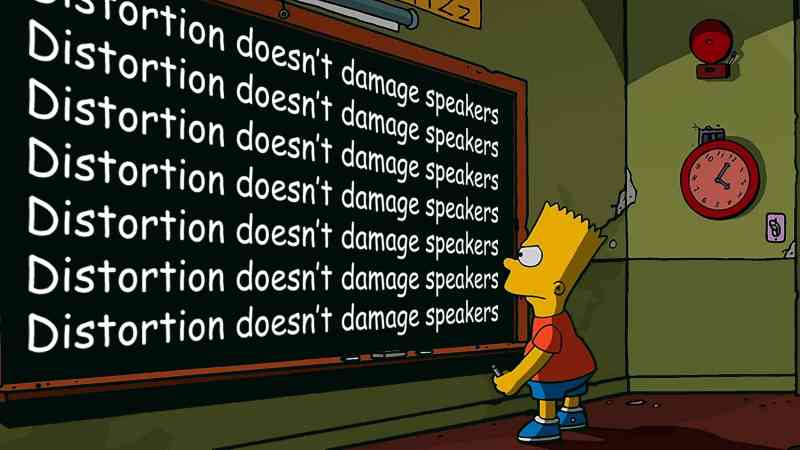I consider myself extremely fortunate to have one of the most amazing jobs in the car audio industry. One aspect of being the editor in chief of BestCarAudio.com that I am particularly fond of is researching and performing experiments to create the content we publish. Unlike most of the hard-working folks who develop products, drive all over the countryside visiting retailers and install solutions in client vehicles, I can spend as much time as I want researching. I’m even more fortunate that I have peers who know more about many topics than I do and are willing to share what they know with me. If you’re the type of person who enjoys audio systems and knowing how things work, this is as good as it gets.
When You Only Know Enough To Be Dangerous
Every morning, once the kids are at school and I’m finished volunteering as a crossing guard, I head to my lab and check in on Facebook to see what my car audio industry peers have been up to. I see posts of amazing new installations, discussions about business practices or threads on how something works. Much of this is behind the scenes in terms of visibility to consumers but is crucial to each and every one of us expanding our skill sets. Of course, I check in on the BestCarAudio.com Facebook group to see who has commented on the content we create. When several people make similar inaccurate comments or state facts that aren’t completely accurate, that’s a great opportunity for me to write an article that details how things work. One of our most popular recent articles revolved around how amplifiers behave at different sensitivity control settings in terms of adding noise. I think my therapist has talked me down adequately that I can create a coherent response. Just kidding!
Every time something like this comes up, I have to balance the fact that I spend dozens or even hundreds of hours a month researching and testing concepts and hypotheses with the fact that most people, including those who work in the industry, have to accept what others tell them. A few regular comments like “Distortion kills speakers,” “Underpowering a speaker blows it faster” and “More subs always mean more bass” make my right eye twitch. To be clear, all of these statements are incorrect, and yes, I’ve written many detailed articles explaining the science behind why.
Depending on your perspective, it might sound like I contradict everyone. That’s far from the reality. There are some smart people in this industry. I do, however, explain how things work when friends, colleagues and our readers don’t have accurate information. It’s not done from the perspective of my wanting to be right. I want everyone to have a thorough and accurate understanding of how these often-complex concepts work. I want retailers and installers to be able to explain to their clients why they suggest a product. I want consumers to make better purchasing decisions and, in return, own audio systems that perform better.
I’m also open to the fact that I don’t know everything about every aspect of the vehicle enhancement industry. Remote car starters aren’t my thing, so I have an expert integrate them into my personal vehicle. I’m not an engineer, and I don’t design circuit boards. With that said, I am a formally trained electronics technician, so I know how and why things work, which allows me to make meaningful measurements. Most importantly, I’m always open to learning new things. I research the topics I write about extensively to ensure that you are given accurate information. As such, I take pride in being called a car audio expert, guru or geek. I’ve said many times, the companies that I work for don’t hire me because I’m cute!
Car Audio Knowledge and System Design
When it comes to having the audio system in your car, truck, boat or motorcycle upgraded, the product specialist you’re working with needs to have an understanding of your goals before he or she can begin suggesting solutions. The old go-to question of “What music do you listen to?” really doesn’t offer much useful information since amplifiers, speakers, subwoofers and source units don’t care what type of music you enjoy. What really matters is how loud you want your music.
I saw a post on Facebook a few weeks ago where a consumer had just returned from having a new sound system installed, and he had boosted the bass and treble settings on the radio. The system had a subwoofer. This “happy face” EQ curve tells me right away that the subwoofer wasn’t set to play loudly enough relative to the rest of the speakers in the vehicle. Yes, I’ll create an article about the entire process and explain why the “happy face” EQ curve provides a lot of information to someone who has extensive experience designing audio systems.

Once the product specialist you’re working with has an idea of how loudly you want the system to play, they can suggest speakers, amplifiers and subwoofers that will provide the power, power handling and performance necessary to achieve a suitable experience level.
Speaking of performance, an important factor that’s often misunderstood, or deliberately misstated, revolves around product quality. I’ve lamented repeatedly that some manufacturers are offering low to moderate quality products, claiming they’re the benchmark for performance in their category. Knowing what I know, it’s easy to spot these charlatans and their wares. What I write and share through BestCarAudio.com is explicitly designed to give you the tools to spot this overpriced nonsense. It takes practice, pattern recognition skills and a dedication to learning, but the information is there (or here) if you want it.
Why I Do What I Do
I had a conversation a few weeks back with our publisher about a few products I had reviewed recently. I think the Sony Mobile ES XAV-9500ES and the Audison B-CON were part of the discussion. In both cases, I mentioned that I was genuinely impressed with the measured performance of each product. I don’t give that recognition away haphazardly or without evidence. My boss laughed, saying that he knew I was going to say that at some point. It quickly became clear that my criteria for the quality of a product are very different from how most working in the industry perceive them. My perception is based purely on objective performance. Criteria like retail pricing, profitability for retailers, reliability and product support have no bearing on my analysis. If something sounds good, it sounds good. If it measures poorly, in the hundreds or maybe thousands of products I’ve tested, I have yet to see an example that I’d deem as sounding good.
Should the price of a product affect my perception of its performance? Pricing has no bearing on what I measure or hear. Does the price affect the suitability of a product for a certain application? Yes, but only from the standpoint of its accessibility to a consumer. If someone is looking for a 6.5-inch coaxial speaker in the $100 range, there’s no benefit in recommending a component speaker set that retails for $2,100, no matter how good it is.

If I haven’t auditioned something personally, I won’t make a recommendation, unless there is adequate supporting technical evidence to quantify a product’s performance. I can infer a lot about a product by the charts, graphs and specifications a company provides on its website – both good and bad. If I see frequency response graphs for a speaker that include a lot of smoothing, I know they’re hiding something. If the S/N ratio specs for an amplifier are measured at full power and not in compliance with the ANSI/CTA-2006 standard, I know they’re trying to fool people. The list of “tells” goes on and on, and I share all that information across the hundreds of articles on the site.
I sincerely hope that all of our readers enjoy the content we create. It’s designed to inform and educate you about the best solutions available to upgrade your car, truck, motorcycle or boat. We even throw in some content that’s purely for your entertainment. As for me, I’ll keep doing what I do because that’s what I believe in. I hope I can teach you something cool about how car audio products work.


